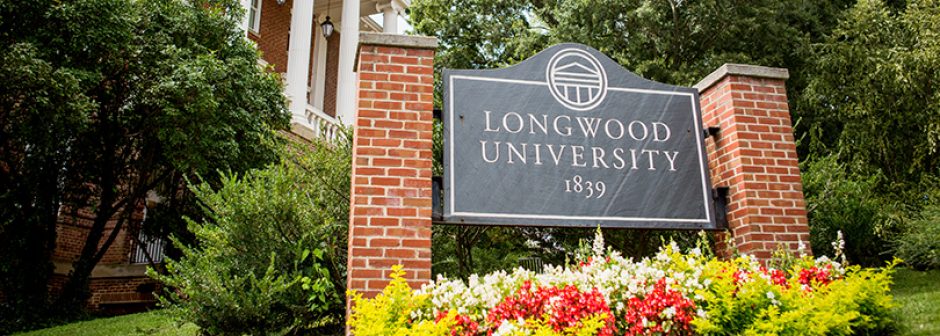Students will be able to integrate physics and chemistry concepts into relevant biological contexts.
Physics played a huge part in the Comparative Biomechanics class I took my senior year. This class covered the force dynamics involved in animal locomotion and we spent a good portion of the lectures every day applying the concepts and equations we learned in previous physics classes to swimming, walking, and flying animals. The relationship between these topics can be seen in a presentation I gave about flying squirrels. Not a day went by in this class where we didn’t discuss physics as it relate to locomotion. It strengthened my understanding of both physics-related and biological concepts such as anatomy and physiology and even behavior. It really helped to shape my view of the natural world and how animals evolve, interact, and just live theirs lives in their respective environments.
Physics also played a part in my anatomy and physiology classes. A large part of Comprehensive Human Anatomy and Physiology I was learning and understanding the structure and function of muscles. Something that was helpful in doing this was thinking back to physics and everything I had learned about force, levers, torque, etc. In knowing how individual muscles work through force production, force direction, tension, and more, it was easier to see how they function as a part of the body and the type of movement they controlled. A translation of my physics knowledge to anatomy-related concepts can be seen in a poster presentation I gave during this class on the effects of load carriage on the posture of college students. I still find myself applying these concepts without even thinking about it whenever I am looking at or thinking about anything muscle-related, so I know that physics will be something I am able to integrate into much of my future learning as well.
All of the chemistry classes I have taken at Longwood have also been really helpful in understanding biological concepts. From general chemistry to organic chemistry, much of what I have learned I have been able to translate into one or more areas of my biology curriculum. For example, in Organic Chemistry II we spent the semester investigating the structural properties of parabens that allow them to mimic estrogen. This became useful in the Immunology class I took later on where we investigated the immunological effects of other compounds that also mimic estrogen. The results of that investigation can be seen in a poster presentation on phytoestrogens. Everything I learned about the structure-activity relationship of estrogen mimics in organic chemistry helped me to grasp the concepts that we eventually began to cover in immunology. The same can be said for concepts like pH levels, diffusion gradients, osmosis, thermodynamics, etc. that I first learned about in chemistry classes and was later able to apply to classes like cell biology, human anatomy and physiology, and more.
Obviously, biology requires the integration of knowledge from other areas like physics and chemistry. This is not something I was necessarily expecting during my early days as a biology student, but, as I progressed, I quickly realized the importance of integrating and applying the knowledge I learned elsewhere in biological contexts. Now, I don’t think I would be able to think about any of my biology coursework without thinking about the physics, chemistry, math, etc. related to or behind it.
